
Red Light Therapy for Muscle Recovery
Red light therapy (RLT) is a non-invasive treatment that uses red and near-infrared light to boost cellular repair, increase blood flow and reduce inflammation. It’s becoming increasingly popular among athletes, fitness enthusiasts and anyone dealing with sore muscles or slow recovery. In this article, I’ll break down how RLT works specifically for muscle recovery, explore its benefits, share the best times and methods to use it and address safety considerations to help you decide if it’s a good fit for your routine.
Quick Links:
When I first heard about red light therapy, I’ll admit I was skeptical. I’d heard about it being used to treat skin conditions, but discovered that there’s ongoing research about its benefits for sports performance and faster recovery. As a fitness trainer and a mom of 3 who has been through my fair share of sore muscles, injuries and even knee surgery for a torn meniscus, I’m always looking for safe, effective tools to speed up recovery. Naturally, I wanted to know: What is red light therapy, and can it really help with muscle pain and post-workout recovery?
Red light therapy (RLT) uses specific wavelengths of light (red and near-infrared) that penetrate deep into the muscles, tendons and ligaments. Research shows these wavelengths can increase blood flow, support tissue repair and even reduce inflammation. This is important when you’re trying to recover after tough physical activity or manage muscle soreness. I was especially curious if it could help with tendon and ligament health, since those areas can take longer to heal.
In this post, I’ll break down exactly how red light therapy works for muscle recovery, what the benefits are, the best times to use it and whether it’s safe. I’ll also answer the big questions I had when I first started using this modality.
LUMEBOX
⭐ Get a discount automatically applied at checkout when you shop LUMEBOX through this link👇
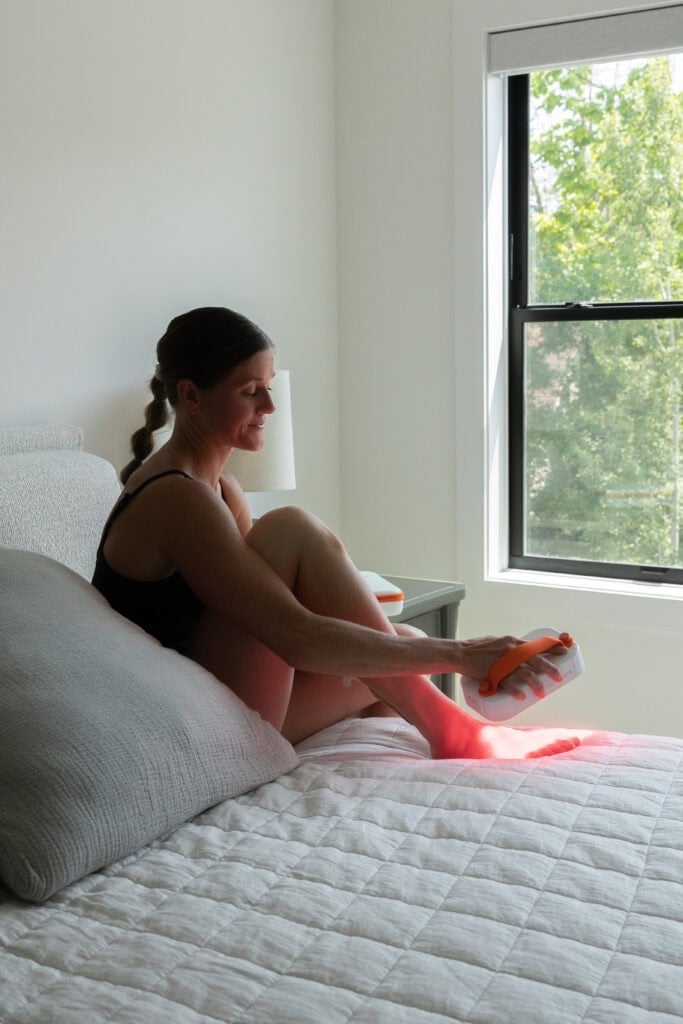
How Red Light Therapy Works
When I first looked into red light therapy (or photobiomodulation), the science behind it surprised me. RLT uses low-level wavelengths of red and near-infrared light that can penetrate beneath the skin’s surface. Unlike regular heat therapy, it doesn’t just warm up the muscles; it actually interacts with the cells.
The light stimulates mitochondrial activity (mitochondria are the “powerhouses” of our cells). When the light is directed onto muscle tissues, it’s absorbed by cytochrome c oxidase, which then generates ATP production.
In simpler terms, this boosts energy production, and the extra energy helps the body repair itself more efficiently by recovering and regenerating damaged tissue. For muscle recovery specifically, this means reduced inflammation, improved circulation and better repair of microscopic muscle damage that happens after exercise.
Red light therapy also increases blood flow. In fact, increased circulation is one of the main reasons RLT is linked to faster healing. The light absorbed by your cells helps release nitric oxide, a natural molecule in your blood that helps relax blood vessels. With nitric oxide at work, your blood vessels open up and relax, meaning more blood can flow to your muscles, bringing oxygen and nutrients while helping flush out waste products. This helps your muscles recover faster. And because the light penetrates soft tissues, it doesn’t just benefit muscles; it can also support tendons and ligaments, which are notoriously slow to heal.
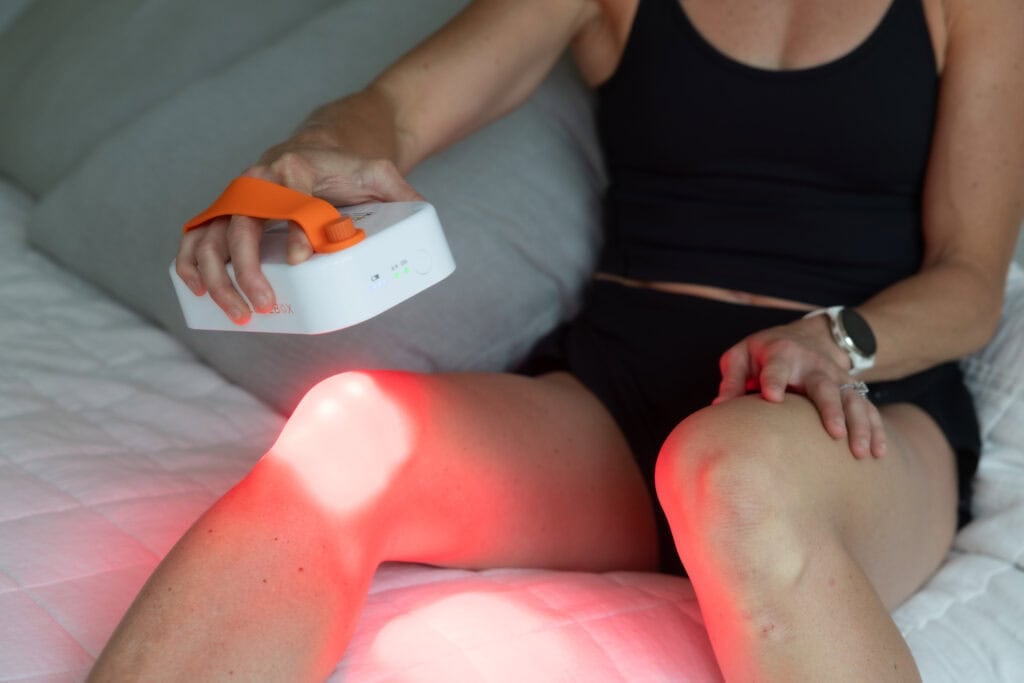
Benefits
After tough workouts, my muscles often feel sore or tight. What I’ve noticed with consistent red light therapy is that the soreness eases up faster, and I feel ready to train again sooner. From both personal experience and what the research shows, red light therapy can provide pain relief. The light helps calm inflammation and supports faster repair of the tiny tears that naturally happen during training.
Studies suggest RLT is effective for reducing delayed-onset muscle soreness (DOMS), the achiness that sets in a day or 2 after a workout. By boosting circulation and cellular repair, red light therapy shortens that window, meaning less downtime between sessions. I often pair it with cold plunging after particularly intense workouts. The RLT helps speed repair at the cellular level, while the cold plunge reduces inflammation and refreshes muscles, making for a powerful combination in your recovery process.
Another benefit is that it may reduce oxidative stress and help protect from future muscle fatigue. Some athletes even use it pre-workout to “prime” their muscles, since better oxygen flow and energy availability can improve athletic performance.
If you deal with chronic pain or look for anti-inflammatory remedies, you may benefit from red light therapy.
Best Times to Use RLT
From what I’ve learned (and practiced), 5-15 minutes per muscle group is a good range for using red light therapy. Consistency is more important than incorporating long sessions. You’ll get better results using it several times a week than doing one long session here and there. For general recovery, 3-5 times per week is the sweet spot.
As for timing, I’ve used it both before and after workouts. Pre-workout sessions can help improve circulation and prepare muscles for training, while post-workout use supports exercise recovery and reduces soreness. If I had to choose, I’d say using it after workouts is the most effective for muscle recovery specifically.If you’re wondering about the best red light wavelength for muscle recovery, most research points to a range between 600-700 nanometers (red light) and 800-1000 nanometers (near-infrared or low-level laser therapy). These ranges reach deep enough into muscle tissue to stimulate repair.
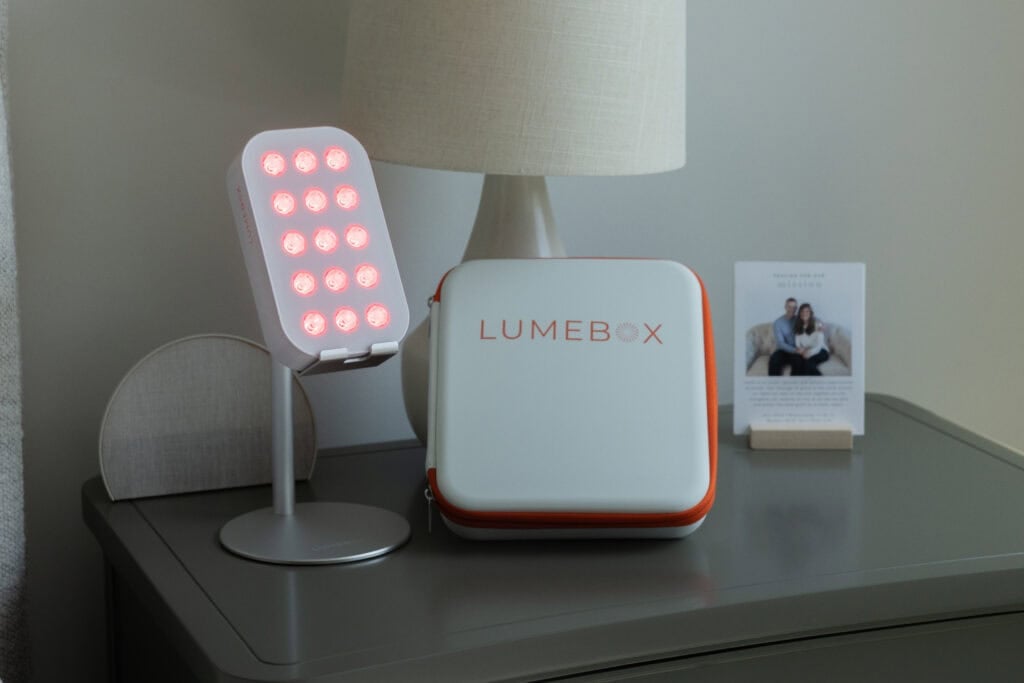
Is It Safe?
Safety was my number one concern before I started red light therapy. For most people, red light therapy is considered very safe. It’s non-invasive, doesn’t involve heat that could burn the skin and has minimal side effects when used as directed. Red light therapy does not expose your skin to damaging UV rays. I’ve never experienced anything more than mild warmth during a session.
That said, there are a few exceptions. People who are pregnant, have certain eye conditions or take medications that cause light sensitivity should talk to a doctor first. It’s recommended that you wear protective goggles when using a red light therapy device to protect your eyes from the light. It’s also important not to overuse it. More is not always better, and sticking to recommended session times is key.
For me, RLT has become a reliable part of my recovery toolkit. It’s not a magic fix – you still need proper training, rest and nutrition – but it’s a great way to support sore muscles, tendons and ligaments so you can stay active and recover stronger.
FAQs
The most effective wavelengths for muscle, tendon and ligament recovery are typically red light (around 600-700 nm) and near-infrared light (around 800-1000 nm). Red light works well for surface muscles, while near-infrared light therapy penetrates deeper into tissue, making it ideal for larger or deeper muscles and connective tissues. Using the right wavelength ensures the light reaches the cells that need it most to speed up repair.
Yes, you can overdo red light therapy. It’s safe for most people, but keep in mind that more is not always better. Overusing RLT can reduce its effectiveness and, in rare cases, cause mild irritation, skin redness or blistering in the treated area. Most experts recommend 5-15 minutes per area, 3-5 times per week, depending on your recovery needs. If you’re new to RLT, start with a shorter amount of time per muscle group (3-5 minutes) and reduce to 2-3 sessions per week. You can work up to longer, more frequent sessions.
Absolutely. Many at-home red light therapy products can be effective, as long as they use the right wavelength and intensity. Look for devices that specify red or near-infrared light in the 600-1000 nm range and follow the manufacturer’s instructions for session length. I use LUMEBOX red light therapy, which delivers both red (660 nm) and near-infrared (850 nm) wavelengths simultaneously. While professional-grade devices may be stronger, at-home options can still provide noticeable recovery benefits for muscles, tendons and ligaments when used correctly.
The Takeaway
Red light therapy isn’t a magic fix, but it is a powerful tool for anyone looking to speed up muscle recovery, reduce soreness and support tendon and ligament health. By boosting blood flow, calming inflammation and helping your cells repair faster, it can make a real difference in how quickly you bounce back after workouts (or even everyday activity).
If you’ve been struggling with sore muscles, joint pain, slow recovery time or nagging tendon discomfort, red light therapy may be worth exploring. Start slowly, follow the recommended session times and see how your body responds. For me, it’s become a reliable part of my recovery routine, and I’ve seen firsthand how much it can help keep muscles feeling strong.
Fitness Info
Fitness EducationPin This: How Red Light Therapy Helps With Muscle Recovery
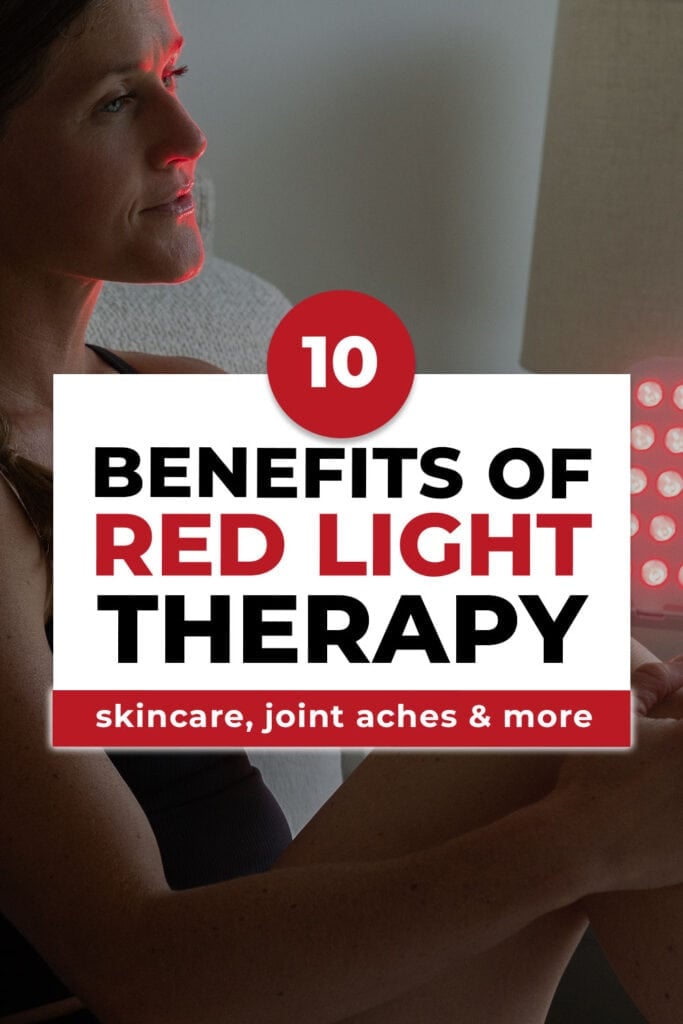
This post includes affiliate links. I do earn a commission for products purchased using these links (at no additional cost to you). Thank you for supporting Nourish Move Love, making the content you see on this blog possible.











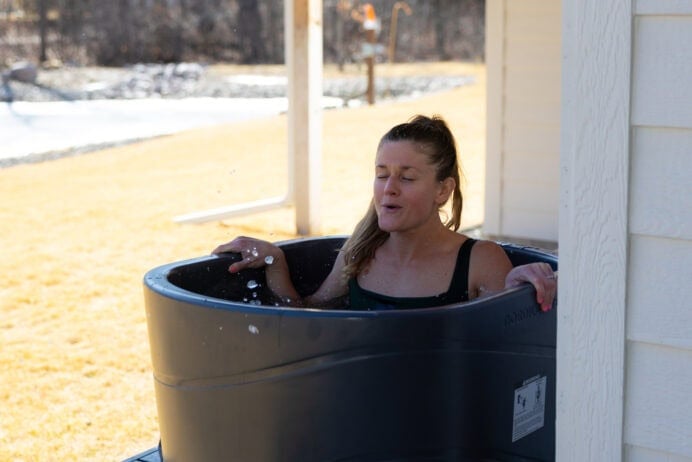
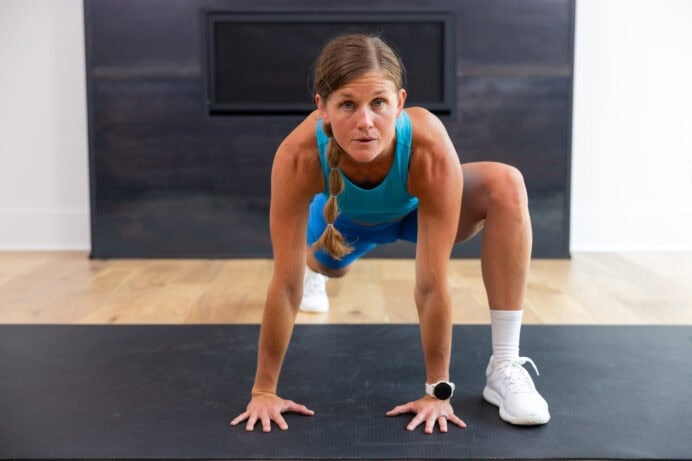
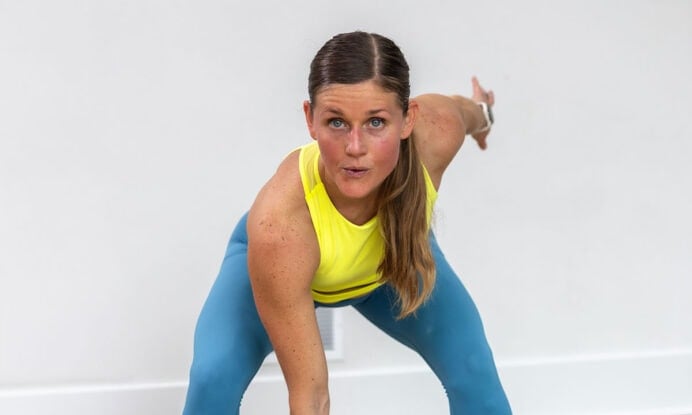
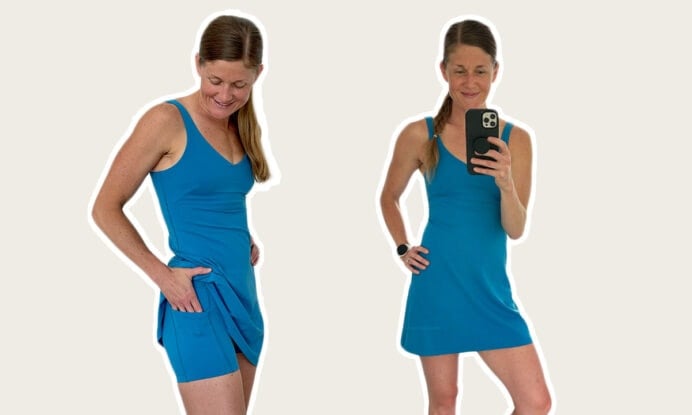

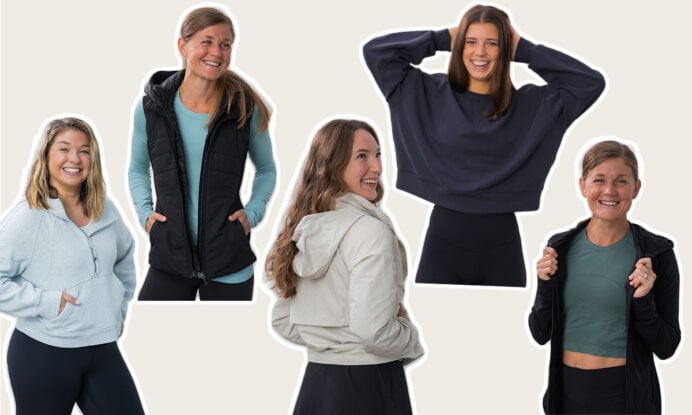

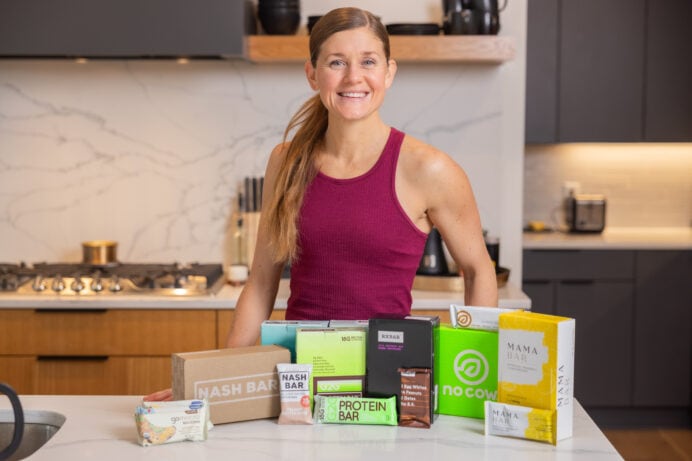
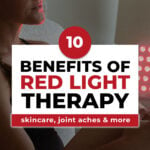
Leave a Comment